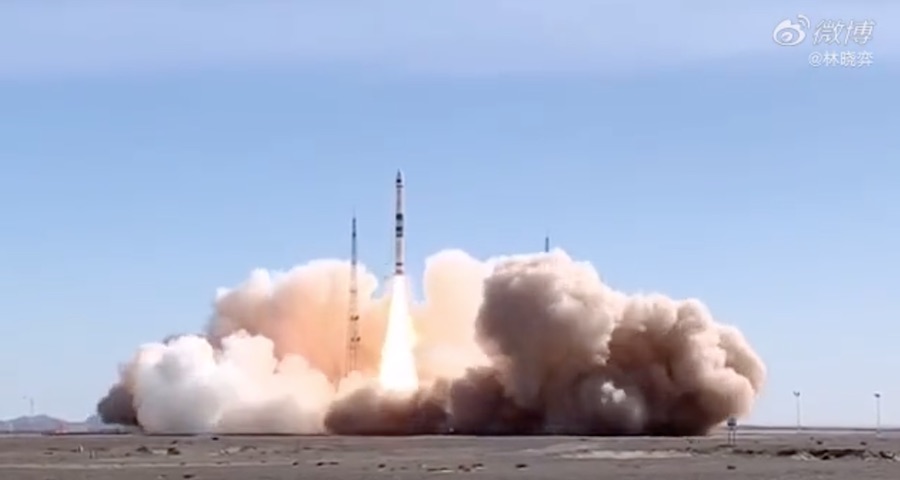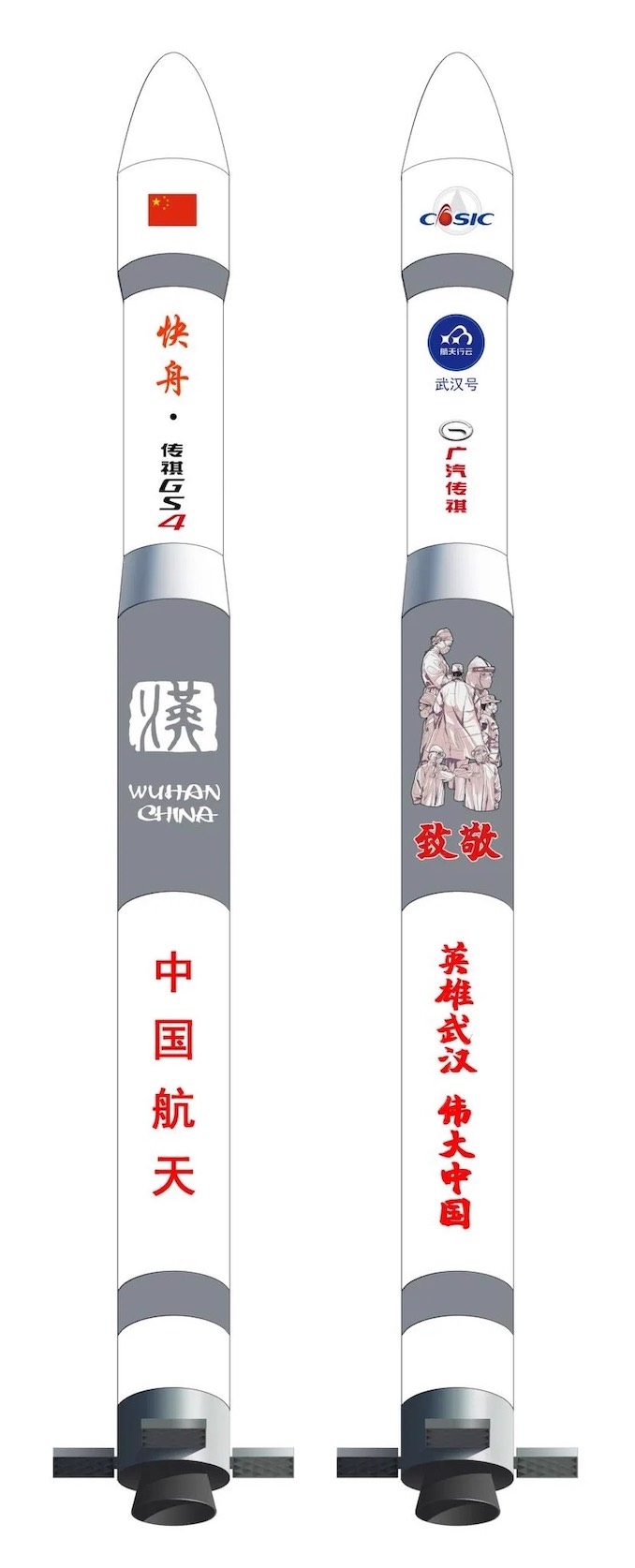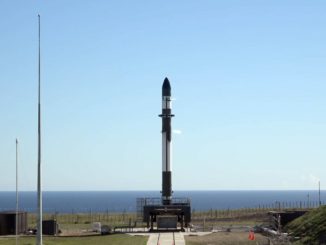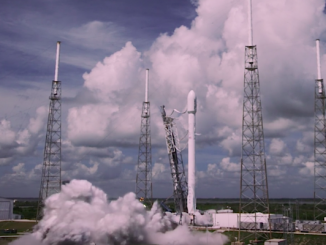
A Chinese Kuaizhou 1A rocket launched Tuesday with the first two spacecraft for China’s planned 80-satellite Xingyun communications and data relay constellation.
The solid-fueled launcher fired away from a road-mobile transported at 0116 GMT Tuesday (9:16 p.m. EDT Monday) from the Jiuquan space center in the Gobi Desert of northwest China, Chinese state media said.
The takeoff Tuesday, which occurred at 9:16 a.m. Beijing time, marked the resumption of launch operations for Expace, the company that markets Kuaizhou launch services. Expace, a subsidiary of the state-owned China Aerospace Science and Industry Corp., or CASIC, is based in Wuhan, the epicenter of the coronavirus pandemic gripping the globe.
Chinese satellite launches have continued amid the coronavirus outbreak, but country’s fast-growing commercial space sector suffered a slowdown. The launch that occurred Monday was supposed to occur earlier in the year.
CASIC facilities impacted by the coronavirus outbreak in Wuhan resumed operations in March, Chinese state media reported. More than 130 team members traveled to the launch site at Jiuquan in late March to begin readying the Kuaizhou 1A launcher and its two Xingyun satellite payloads for flight, according to CASIC.
The Kuaizhou 1A rocket, believed by Western analysts to be derived from Chinese missile technology, was emblazoned with special art to honor the work of medical personnel in Wuhan.

One side of the rocket was decorated to illustrate medical teams, and “Wuhan, China,” adorned the other side of the booster. One of the Xingyun satellites launched Tuesday was also named “Wuhan.”
Like Expace, Xingyun Satellite Co. is a subsidiary of CASIC. Xingyun plans to deploy 80 small satellites in orbit to perform data relay and tracking services, and the company plans to test the constellation with users in industries related to marine shipping, forestry and construction machinery, CASIC said in a statement.
Xingyun’s narrow-band Internet of Things constellation is one of multiple satellite fleets being developed by Chinese space companies.
The Xingyun satellites launched Tuesday were deployed from the Kuaizhou 1A rocket around a half-hour after liftoff. The launcher targeted a nearly 350-mile-high (561-kilometer) polar orbit for separation of the two 205-pound (93-kilogram) satellites.
Tuesday’s launch was the ninth flight of the light-class Kuaizhou 1A rocket. All of the Kuaizhou 1A launches to date have been successful.
Expace performed six Kuaizhou 1A missions in a five-month period from late last year through January, including back-to-back Kuaizhou 1A launches on the same day from separate launch pads at China’s Taiyuan spaceport in December.
Kuaizhou means “speedy vessel” in Chinese, a name indicative of its purpose as a satellite launcher that can be readied for liftoff in a short time period.
Email the author.
Follow Stephen Clark on Twitter: @StephenClark1.



